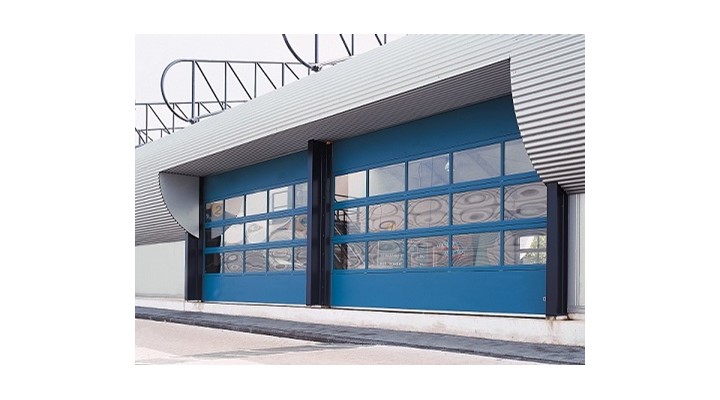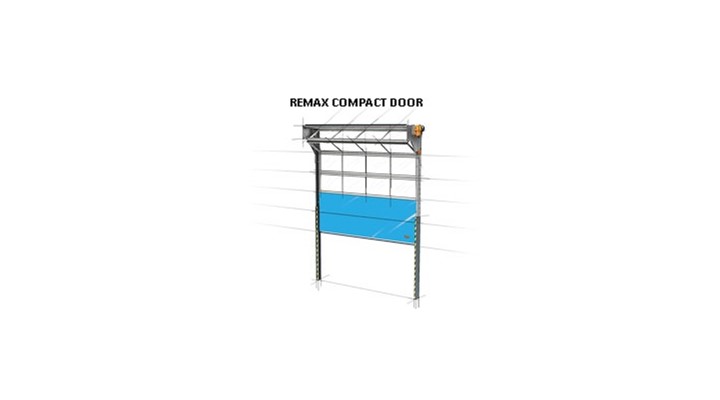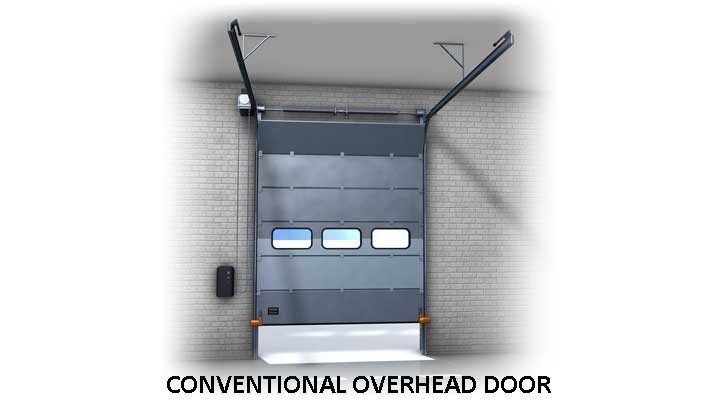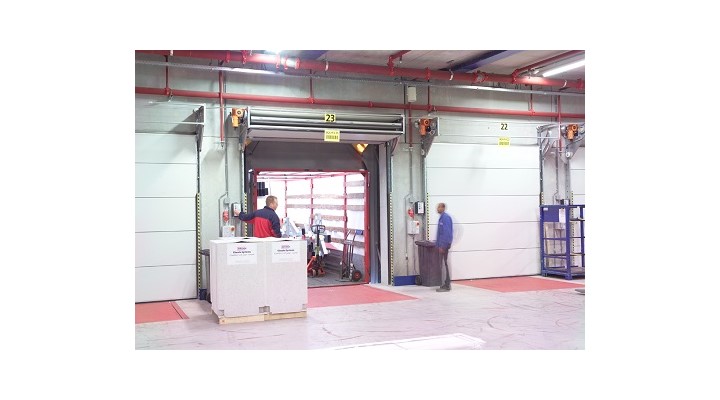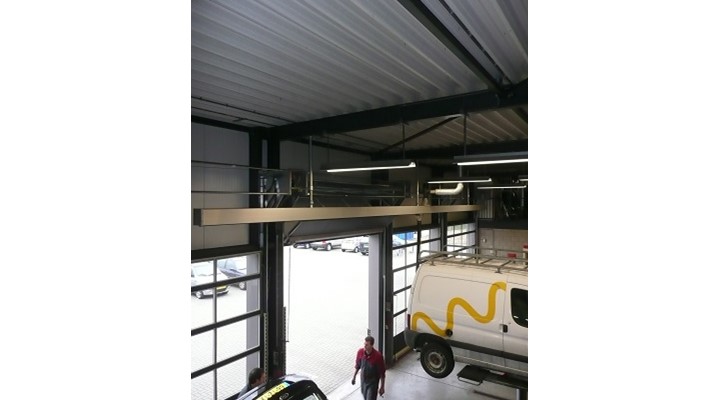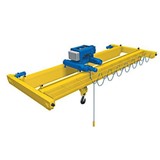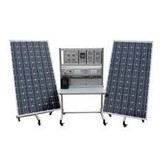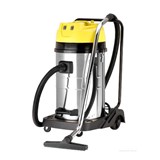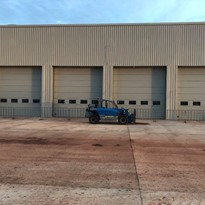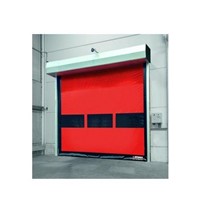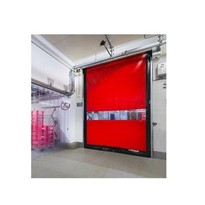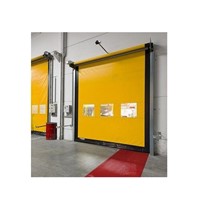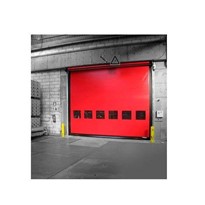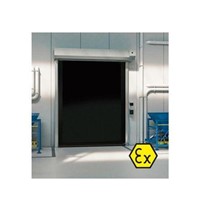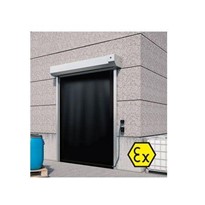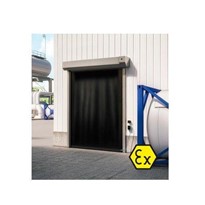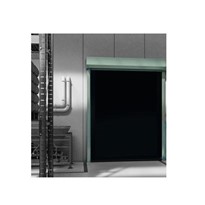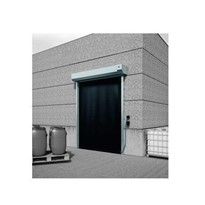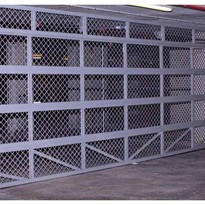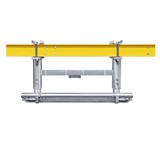Overhead doors are made of several jointed panels that roll up on tracks above the access or across the ceiling.
These doors come with different rail systems depending on the building and the space available. The tracks can either go straight up above the doorway with a bend towards the ceiling, or they can follow the roof pitch.
The overhead door is primarily used as a service door but also very popular as garage door.
Sectional door
The overhead door currently is the best-selling door on the market.
It is known by different names such as sectional door, section door or garage door. There are many manufacturers that produce this type of service door.
History of the overhead door
In the late '70s and early '80s the overhead doors were introduced as an alternative to non-insulated rolling shutters.
Because they consist of insulated sandwich panels, overhead doors have excellent insulating qualities. Another advantage was the ability to fill the doorframe with transparent glass panels and the installation of a wicket door.
Furthermore overhead doors are very stable and suitable for relatively large door sizes.
Disadvantages of overhead doors
One of the biggest disadvantages of overhead doors is the rail system. The constructional facilities that are often required to enable the installation of a rail system are quite expensive.
In most cases the tracks have to be welded or bolted to the ceiling or the roof structure. The continuous movement of the door can cause serious damage to this structure over time.
Another disadvantage is the use of counterbalance springs. These heavy-duty springs are put under a lot of tension to compensate the considerable weight of the door so it can move in its tracks. Counterbalance springs have a very high maintenance level. They have to be tightened and eventually replaced on a regular basis to prevent the door from sagging.
The compact door as an alternative service door
The compact door can be regarded as an overhead door, because the door panels are stored 'overhead' when the door is open. From the outside it even looks like any other overhead door, but all the difference is on the inside. The main advantage is that the compact door is a folding door, meaning it saves a considerable amount of space.
Due to the universal rail system, a compact door always fits and does not require complex structures. Architects have a lot more freedom in design this way and the saved space can be used more effectively.
The compact door does not have maintenance prone counterbalance springs. Moreover, the electric motor is installed on the self supporting system of the door so it does not require structural supports.
Advantages of the compact door
There are many advantages to the use of a compact door as opposed to conventional sectional doors, for example in buildings where crane tracks are used.
Compact doors don't block the daylight coming through skylights or windows above the doorway. They allow for extra space above the doorway that can be used as a storage space. They also allow for the extra height needed for a car lifting platform right behind the door, a sprinkler system, a heater over the door, or piping and tubes.
The compact door is smarter, more efficient and the possibilities are endless.


